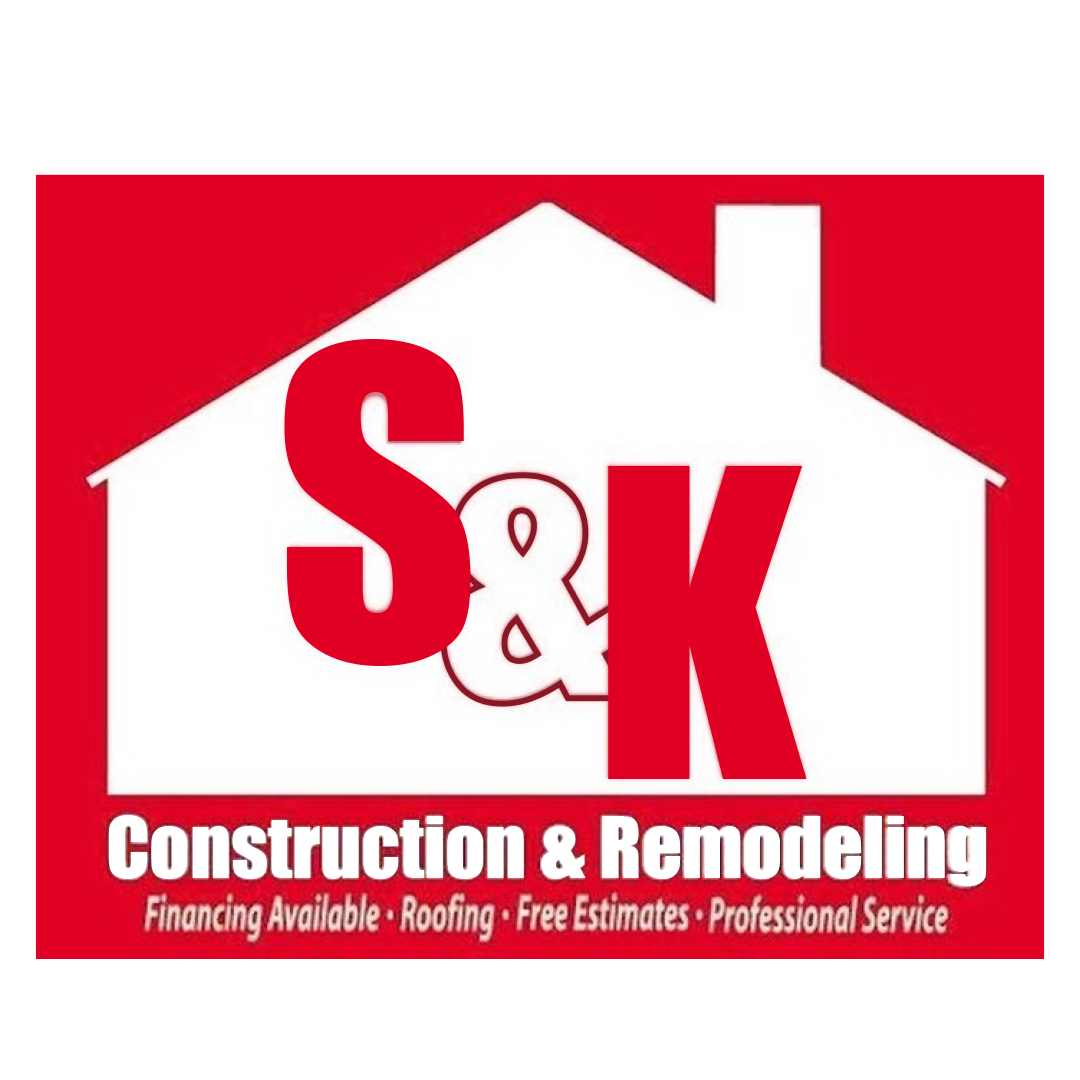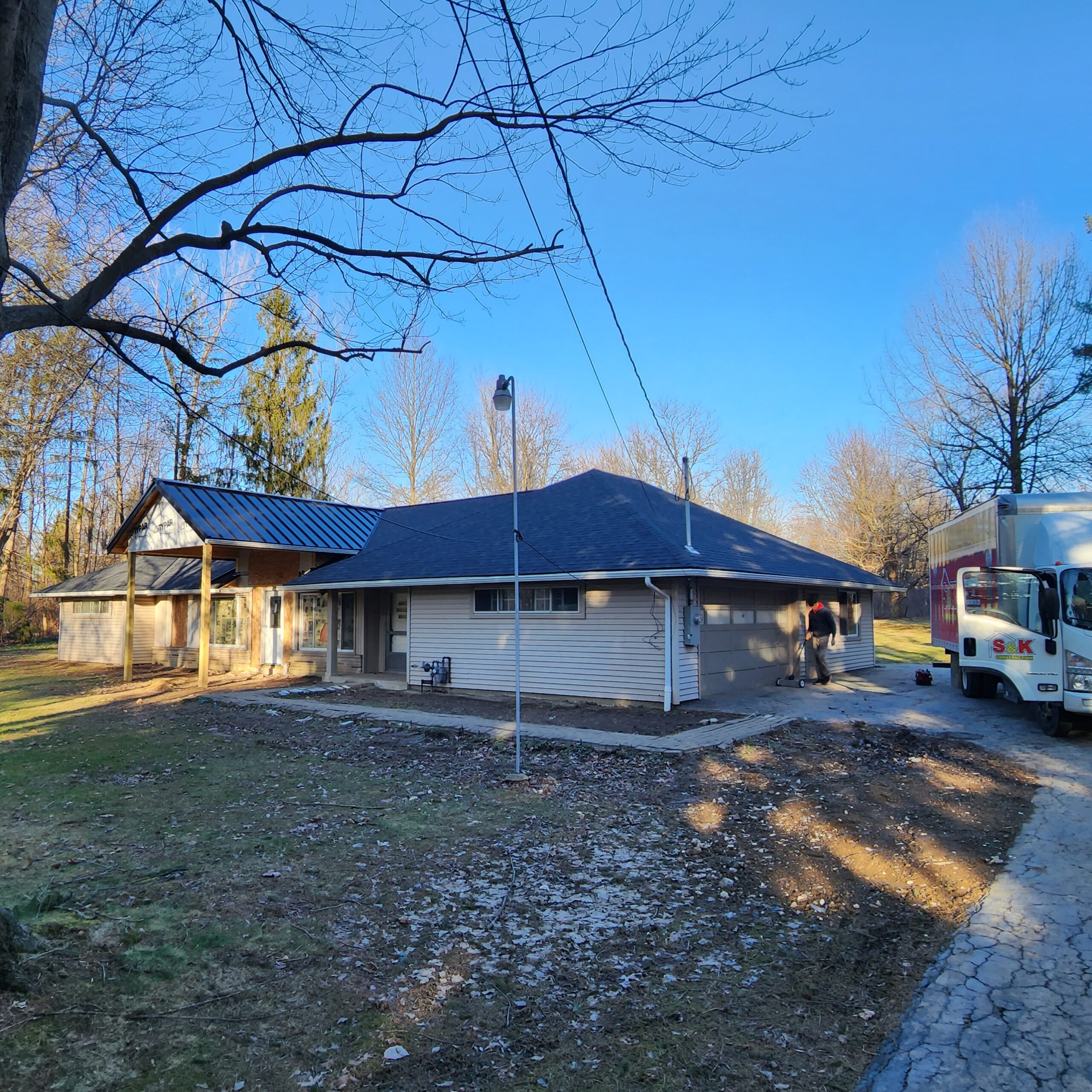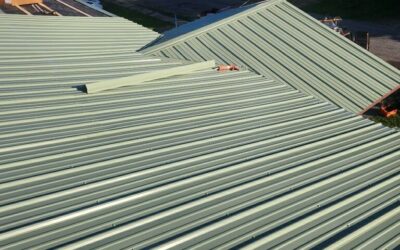Are Roof Decking and Roof Sheathing the Same Thing? Understanding the Differences and Materials Used in Roof Construction
When it comes to roofing, many homeowners often encounter terms like “roof decking” and “roof sheathing,” but don’t always know what these terms mean or whether they refer to the same thing. If you’re planning to replace or install a new roof, understanding these concepts is crucial to ensuring your roof is built properly and can withstand the elements for many years to come.
In this comprehensive guide, we’ll answer the question: Are roof decking and roof sheathing the same thing? We’ll break down the differences between them, discuss the materials commonly used in roof construction—like OSB (Oriented Strand Board), plywood, plank wood, and cedar shake—and explain how different roofing systems, including metal and slate, require specific installation methods. By the end of this article, you’ll have a clearer understanding of the materials involved in roof construction and how they affect the overall performance of your roof.
1. What is Roof Decking and Roof Sheathing? Are They the Same Thing?
Let’s start with the basics: roof decking and roof sheathing are terms that are often used interchangeably in the roofing industry. While they are similar, they actually refer to different parts of the roofing structure.
- Roof Decking: This is the structural base layer of your roof. It refers to the material that is installed directly onto the roof trusses or rafters. The decking forms the foundation for the roof covering and serves as the main support for whatever roofing material is used above it.
- Roof Sheathing: This term is often used interchangeably with decking, but technically, it refers to the material that covers the roof deck. Sheathing provides a continuous surface to which roofing materials, such as shingles, metal panels, or tiles, are fastened. In other words, sheathing is the layer of material that goes over the decking, ensuring that the roof is secure and weather-resistant.
While the terms are closely related, the primary difference lies in the structure: decking is the base material (attached to the rafters), while sheathing is the covering (that goes over the decking and under the roof covering).
2. Materials Used in Roof Decking and Roof Sheathing
The materials used for roof decking and sheathing play a vital role in the strength, durability, and overall performance of your roof. There are several materials commonly used for decking and sheathing, each with its own advantages and disadvantages. Let’s explore some of the most common options:
2.1 Oriented Strand Board (OSB)
Oriented Strand Board (OSB) is one of the most popular materials used for both roof decking and sheathing. OSB is an engineered wood product made by compressing layers of wood strands, flakes, or chips with adhesive. The resulting board is sturdy, durable, and relatively affordable.
- Advantages of OSB: It’s an affordable and widely available material that can handle moisture better than plywood in some instances. It’s also a lightweight option that’s easy to work with and install.
- Disadvantages of OSB: OSB can swell when exposed to excessive moisture, which could lead to potential issues like warping or reduced structural integrity. It’s also more prone to deterioration if it is not adequately protected from the elements.
2.2 Plywood
Plywood is another common material used for roof decking and sheathing. Plywood is made by gluing together thin layers (or veneers) of wood in a cross-grain pattern. The alternating layers help increase the strength and durability of the material.
- Advantages of Plywood: It’s a highly durable and reliable material, providing good resistance to warping and cracking. Plywood is particularly useful for roofing applications because of its strength and ability to withstand heavy loads.
- Disadvantages of Plywood: Plywood is more expensive than OSB, which could be a consideration for homeowners on a budget. Additionally, plywood may not perform as well in extremely wet conditions, unless properly treated or sealed.
2.3 Plank Wood (Board Decking)
Plank wood, or board decking, is a more traditional material used for roof decking. It consists of long, wide wooden boards that are placed side by side, leaving small gaps between each piece. This type of decking was commonly used in older homes but is still used in some cases today, particularly in historic homes.
- Advantages of Plank Wood: It’s visually appealing, providing a rustic or historical aesthetic to your home. Additionally, plank wood is very sturdy and provides excellent airflow between the roof and attic.
- Disadvantages of Plank Wood: The primary downside of plank wood is that it can be costly and more labor-intensive to install. The gaps between the boards also can create potential vulnerabilities in the roof, making it less weather-resistant than modern alternatives like OSB or plywood.
2.4 Cedar Shake Roofing
Cedar shake roofing involves the use of cedar shingles or shakes, which are thick, hand-split pieces of wood. While cedar shake is typically used for the roof covering (not decking), its installation has a unique requirement when compared to other roofing materials.
- Advantages of Cedar Shake: It’s a highly attractive roofing material with a natural look and feel. Cedar shake is also naturally resistant to insects and rot, making it a durable option in certain climates.
- Disadvantages of Cedar Shake: It requires regular maintenance to ensure its longevity. Cedar shake roofing is also more expensive than other materials, both in terms of materials and installation.
When installing cedar shake roofing, special attention must be given to the spacing between the wood planks in the decking. These gaps allow air to circulate beneath the roofing material, preventing moisture buildup that could lead to mold or rot.
2.5 Slate Roofing
Slate is a natural stone that has been used for centuries as a roofing material due to its durability and aesthetic appeal. It’s a more expensive material but is extremely long-lasting and resistant to weathering.
- Advantages of Slate: Slate is one of the most durable roofing materials available, with a lifespan of over 100 years. It’s also fire-resistant and highly aesthetic.
- Disadvantages of Slate: Slate is expensive and heavy, requiring extra support from the underlying decking. It can also be difficult to install, as it requires specialized knowledge and tools.
Slate roofing also requires a specific installation method, with the use of wood slats or furring strips between the roof decking and the slate tiles. These slats create small gaps that allow air to circulate beneath the heavy slate tiles, helping to prevent moisture buildup.
2.6 Metal Roofing
Metal roofing is becoming increasingly popular due to its durability, energy efficiency, and long lifespan. Metal roofs are made from materials like steel, aluminum, or copper, and they come in various styles and finishes.
- Advantages of Metal Roofing: Metal roofs are long-lasting (up to 50 years or more), fire-resistant, and highly resistant to weather conditions like high winds and snow. They’re also energy-efficient, as they reflect heat and reduce cooling costs.
- Disadvantages of Metal Roofing: Metal roofing can be expensive, and it requires specialized installation techniques. Additionally, the noise factor during rain or hail can be a concern for some homeowners.
For proper installation of metal roofing, purlins are installed on top of the roof decking. These horizontal supports run perpendicular to the roof trusses and provide a stable base for attaching the metal panels. The purlins allow for proper airflow and prevent the metal panels from coming into direct contact with the decking, which can help prevent issues like condensation.
3. How the Roofing System Works: Special Installations for Cedar Shake, Slate, and Metal Roofs
While most roof coverings can be installed directly onto the roof decking or sheathing, some materials—like cedar shake, slate, and metal—require more specialized installation techniques. These materials often use slots, slats, and purlins to ensure proper airflow and support.
3.1 Cedar Shake Roofing: Slot Spacing for Air Circulation
Cedar shake roofing requires the installation of specific spacing between the wood planks to allow for adequate airflow and ventilation. As mentioned earlier, the decking needs to be spaced so that air can circulate freely beneath the cedar shingles, preventing moisture buildup.
This airflow helps to extend the lifespan of the cedar shakes and ensures that the roof remains in good condition for longer. The slots between the wood decking also help maintain proper ventilation in the attic, which is crucial for energy efficiency and preventing heat buildup.
3.2 Slate Roofing: Furring Strips for Stability and Ventilation
Slate roofing typically requires the use of furring strips—thin wooden slats installed on top of the roof decking. These strips create a gap between the slate tiles and the decking, allowing for airflow and preventing moisture buildup. Furring strips also help stabilize the heavy slate tiles, ensuring they remain in place over time.
Additionally, furring strips allow for the installation of slate tiles in a way that makes it easier for the contractor to install the roofing material securely. The slats create the necessary space for the slate to be nailed into place without causing damage to the underlying decking.
3.3 Metal Roofing: Purlins for Support and Ventilation
Metal roofing requires the use of purlins, which are horizontal beams that are installed on top of the roof decking. Purlins serve two primary functions in metal roofing:
- Support: Purlins help support the weight of the metal panels, which are often lighter but still require a stable base for proper installation.
- Ventilation: The space between the purlins and the roof decking allows air to circulate freely beneath the metal panels. This is important for preventing moisture buildup, which can cause condensation and rust over time
 (440) 307-2060
(440) 307-2060


